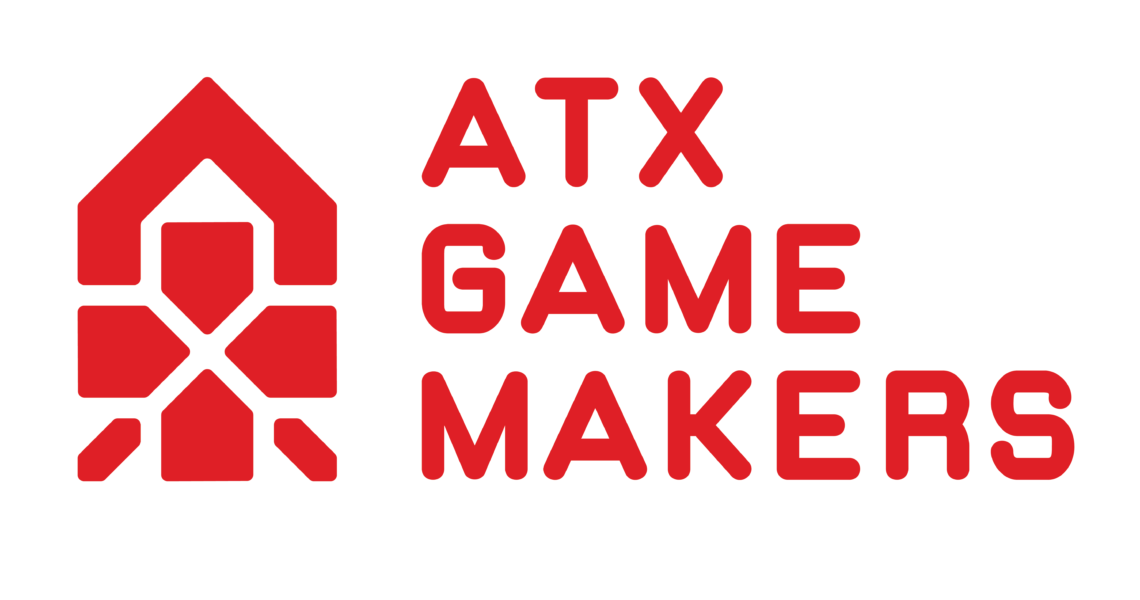Mayet Andreassen
Assoc. Program Dir. & Instructional Assistant Professor for the B.S. in Visualization at the SPVFA at Texas A&M University
College can provide many helpful resources and knowledge when creating your first portfolio.
Since portfolios are living documents, the knowledge you learn in college will help to create a strong foundation for your future portfolio iterations. This will start with the foundation classes you’ll take and how you can incorporate what you learn from them into your first portfolio.
I have met many students who initially resist taking the foundational art classes when first entering University. “This isn’t what I came here to learn! Why can’t I jump into my core courses?” “I came here to learn 3D computer graphics and animation, why do I need to know how to draw?” These seem like valid grievances, but really, they are based on a lack of information. When learning how to drive a car, one doesn’t jump into the drivers’ seat and start pushing pedals and buttons. Instead, people take classes that are both practical and verbal in order to learn the necessary skills to navigate the road safely. It is no different with art. A lack of understanding in color theory, form, space, proportion and perspective, leads to a deficit in the building blocks of creating great art, no matter what the medium. Color theory explores color pairings, how colors are viewed in relationship to one another, and color harmony.
Understanding color pairings, like complementary colors, versus analogous colors, versus triadic colors, etc., can help an artist decide what mood they want an artistic piece to convey, whether it be a spooky 3D environment, an upbeat logo and brand, or a dynamic illustration. Proportion and anatomy in drawing helps in understanding how to both observe and correctly draw underlying structures and then build up the details. It helps to build up mental muscle memory in terms of laying out correct proportions in whatever future medium that an artist chooses to work in. When creating a 3D environment, consideration is given to the size and scale of the environment, how it relates in terms of size to a person, and what the form or shape language of the environment may be. All of this is learned in early drawing and perspective classes.
College prepares for creating a first portfolio by teaching the building blocks of creating great art. It gives the basic foundational skills that can be built upon when learning future skillsets both in more advanced classes and on the job.
College provides a head start into networking. University is where you will meet many students who are studying in the same or a similar field to yourself. These will be your future industry colleagues. Networking is really a fancy word for the act of reaching out to friends and acquaintances to ask for help, ask about or share job opportunities, and share in skills knowledge. Your professors will also be a part of your future network, as many of them still work in or have strong ties to their industries. Both fellow students and professors can help with portfolios by giving feedback on art pieces, and offering help to those struggling with a particular skill or concept. Many Universities also provide portfolio and resume reviews to their students, some with industry professionals. These reviews will help get a critical eye on portfolios and resumes, and provide invaluable feedback that can then be implemented to make them better and more desirable to companies. Other opportunities that can aid in portfolios are Industry led talks, panels, game jams, art competitions, and workshops. These can give students advice on how to get into their given industry, how to speak with industry professionals, what companies look for in a strong portfolio, and what skills are highly sought after.
Portfolios are a culmination of your knowledge and experience, so while in college do not put off creating yours. Instead, use the resources that are provided while in school to create and come out of college with a strong portfolio, ready to show potential employers what you can do.
You can reach me here on my linkedin

